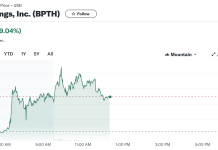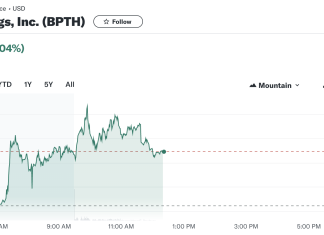Intellia Therapeutics Inc’s (NASDAQ: NTLA) NTLA-5001 has received an orphan drug designation from the U.S FDA. The drug is for a cure for myeloid me or AML.
The drug targets explicitly the WT1 or Wilm’s Tumor antigen. This antigen is found in solid and hematologic tumors like AML. Researchers from the company are now testing the efficacy of NTLA-5001 in patients who had undergone first-line treatment and still have recurrent or persistent AML.
According to Dr. John Leonard, the CEO and President of Intellia, the FDA’s willingness to give the drug orphan drug designation is in part due to the lack of sufficient treatment for people with AML. Moreover, people with the illness rarely live for a long time.
The company develops cancer therapies
The company plans to use its platform, based on CRISPR/Cas9, to develop several therapies to treat cancer. Such therapies are rare. For this reason, the company hopes to investigate NTLA-5001 and advance it in clinical trials to meet the need of patients.
The FDA’s designation is for drugs that prevent, diagnose, and treat diseases affecting up to 200,000 Americans. This designation gives the company development incentives like seven years to exclusively market the drug and tax credits to test it.
AML is a rare cancer of the bone marrow and blood. If the disease is not treated quickly, the patient’s condition could deteriorate rapidly. This acute leukemia is more common in adults in the U.S, with clinicians diagnosing 20,000 patients in 2021 alone.
The company is conducting a Phase I/IIa trial for NTLA-5001
NTLA-5001 is currently undergoing a phase I/IIa this will investigate the antitumor activity, cell kinetics, safety, and tolerability of one dose of the drug in adult patients that have AML after undergoing first-line treatment.
The study, which involves 54 volunteers, will have the expansion and dose-escalation phase. The escalation, which will come first, has two arms. The first arm will include adult AML patients with a more disease burden of up to 5% of their bone marrow blasts. AML patients in Arm 2 will have a high disease burden of over 5% bone marrow blasts.















